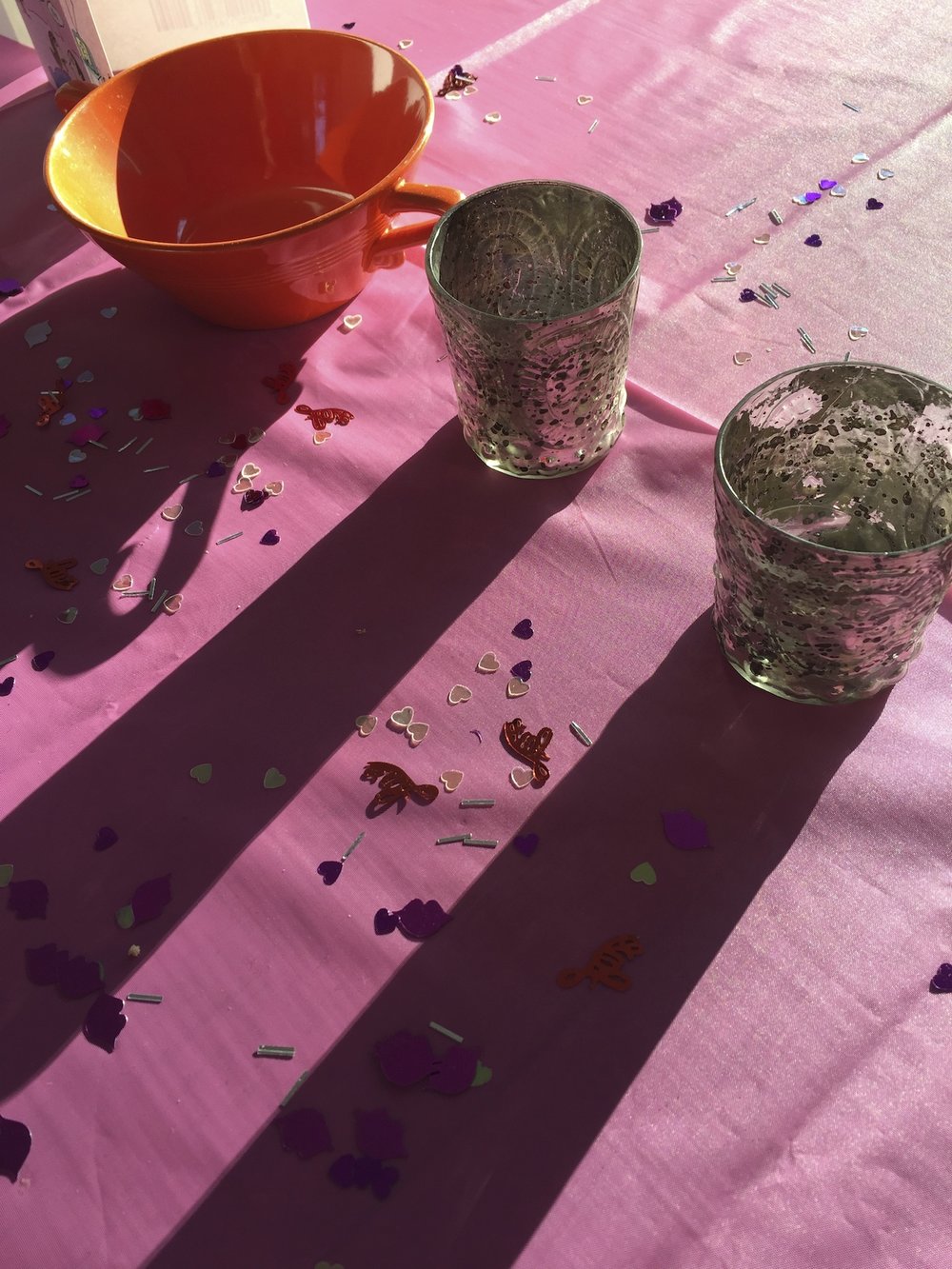 Sometimes next isn’t obvious. Other times we know what next is, but procrastinate. We’re too tired. It’s late. We don’t feel like it. We’d rather be doing something else with our time. While I don’t find myself in this situation frequently, I have experienced knowing the next step then have activation challenges actually taking it. Have you experienced this?
Sometimes next isn’t obvious. Other times we know what next is, but procrastinate. We’re too tired. It’s late. We don’t feel like it. We’d rather be doing something else with our time. While I don’t find myself in this situation frequently, I have experienced knowing the next step then have activation challenges actually taking it. Have you experienced this?
As a matter of fact, I found myself in this situation just before I wrote this post. While my plan had been to write when I returned from organizing at my client’s home, other business and personal issues were handled instead. The late afternoon quickly morphed into evening and I still hadn’t written anything. This wasn’t good since I prefer to write earlier in the day when my brain is most alert.
I had several options and chose to continue as planned, which is why you’re reading this post. To make “next” more doable, I set the mood. I made a hot cup of tea, put on my comfy clothes, and plopped myself in front of a blank page.
I let go of my original plan. I let go of the fact that I wasn’t writing at my best time. Instead I just focused on next: the next word, the next sentence, and the next paragraph. And well, you see what happened. By creating the mood for next, next got done.
How do you do next? I’d love to hear your thoughts. Come join the conversation.








